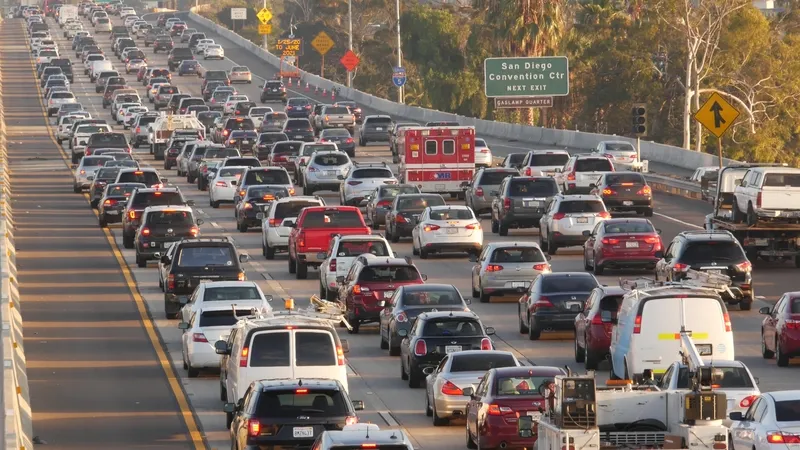
In a joint statement, ITS America and nine other transportation organisations have reaffirmed their continued support for the "rapid, widespread deployment of Vehicle to Everything (V2X) technologies in order to further improve safety on American roads".
The organisations are "aligned in our belief that the widespread deployment of V2X technologies can dramatically reduce crashes and fatalities on American roads for all road users", the statement says.
"We believe that 2023 will be a pivotal year for V2X deployment. Transportation stakeholders have aligned behind one V2X technology, cellular Vehicle to Everything (C-V2X), clearing the way for a unified, nationwide approach to the deployment of this tool."
It adds that the Federal Communications Commission (FCC) is "poised to deliver much-needed regulatory clarity for the deployment of C-V2X through the issuance of pending waivers to operate in the 5.9 GHz Band".
The organisations thank USDoT, FCC, and the National Telecommunications and Information Administration for the work they are doing "to maintain interference-free dedicated spectrum and quickly establish the regulatory framework that will allow for widespread deployment of C-V2X".
This includes the FCC first allowing near-term deployments and USDoT adopting a Nationwide V2X Deployment Plan.
"As these steps are undertaken, our organisations will continue to work collaboratively to resolve remaining issues to deploy C-V2X, giving drivers and other road users a critical tool to improve safety, reduce crashes, and decrease fatalities," the statement concludes.
Who has signed the V2X statement?
Intelligent Transportation Society of America
American Association of State Highway and Transportation Officials
Alliance for Automotive Innovation
American Highway Users Alliance
American Traffic Safety Services Association
American Trucking Association
Institute of Transportation Engineers
5G Americas
5G Automotive Association
National Electrical Manufacturers Association










